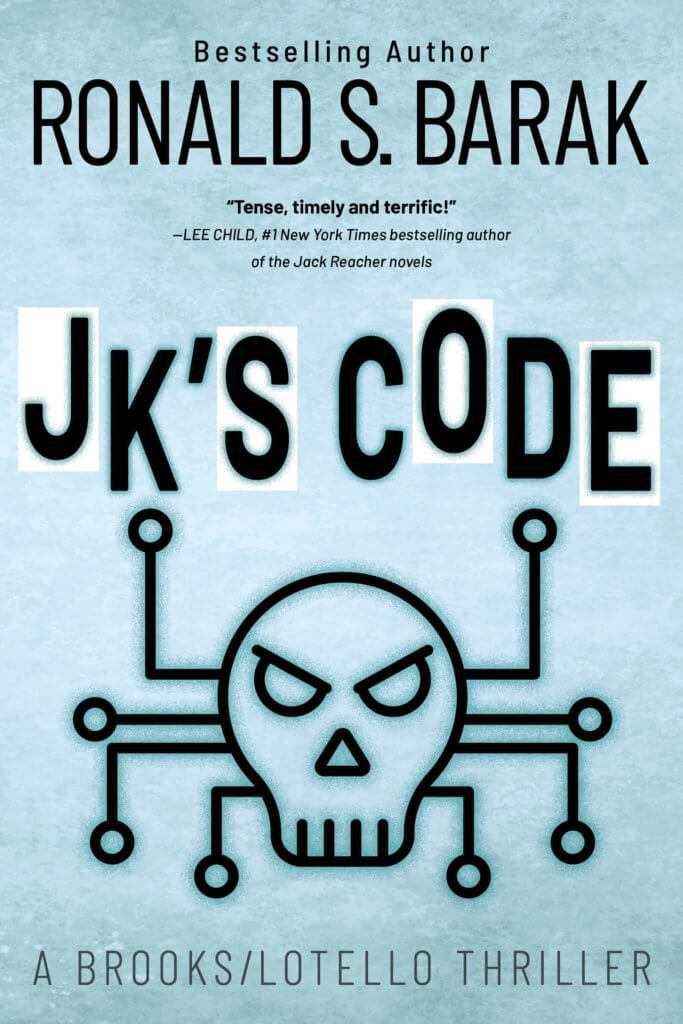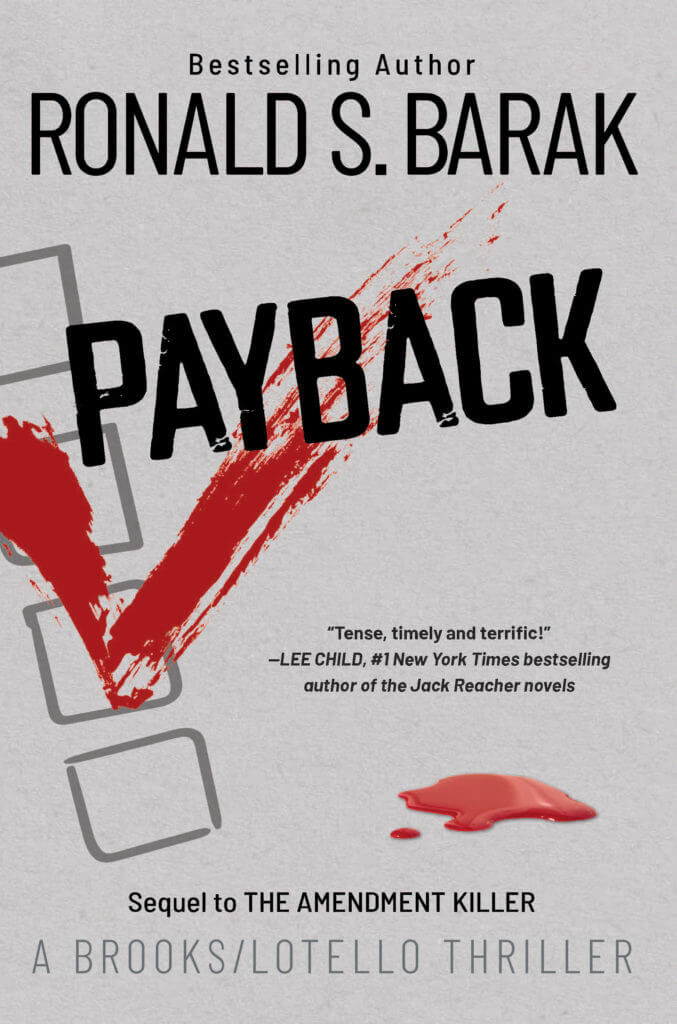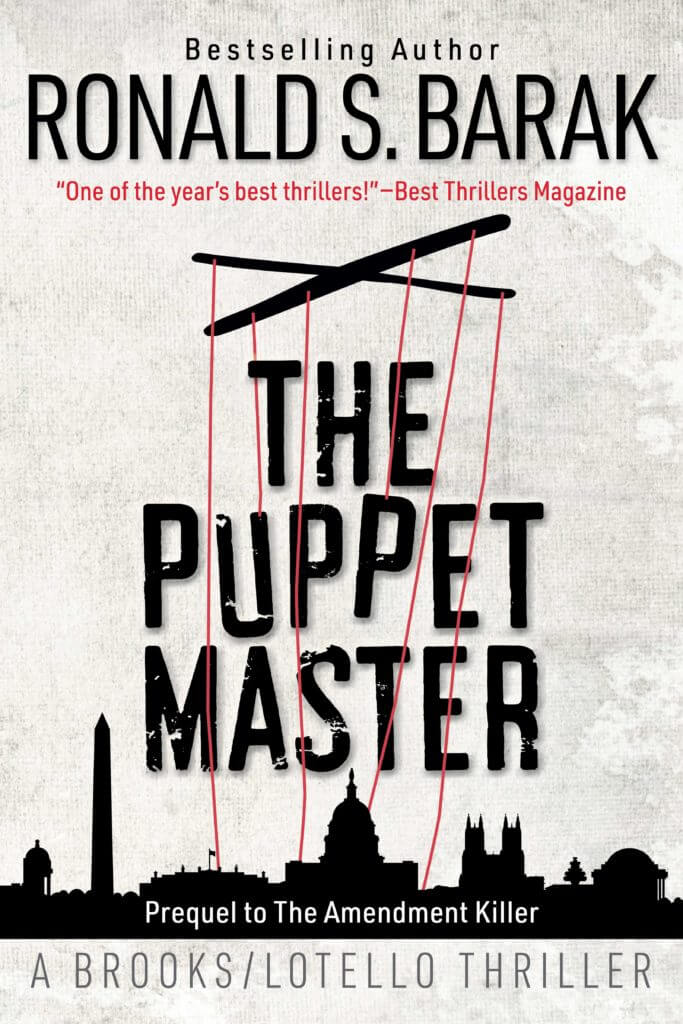 Does a rotten apple (a socially deviant student athlete) necessarily have to spoil the barrel (the athlete’s school sports program)?
Does a rotten apple (a socially deviant student athlete) necessarily have to spoil the barrel (the athlete’s school sports program)?
In recent months, there has been an increasing number of school athletes (yes, most, but not all, of them football players) accused of a number of crimes (yes, many, but not all, of them amounting to abuse, sexual or otherwise).
What are we to do about it? Reducing the incidence of it? Well, sure. Of course, we’d all like to see that. But that’s not what I’m talking about. I’ll leave that social science (why people behave that way and how we get them to stop) to others much smarter than I am.
What I’m talking about here is reducing the impropriety of how such accusations are addressed by schools across the country. At a minimum, there is too much inconsistency in how schools approach the problem of how to deal with their student athletes accused of misconduct. Under the constitutional mantra of “innocent until proven guilty,” some schools (call them the do nothing schools) turn a blind eye to the problem and keep the student athletes on the field, helping to win games, and all that follows from such a winning program (no matter the social cost of such an attitude and approach). Other schools (call them the do a little schools) reluctantly do not completely ignore the problem, but do as little as they feel they can justify, frustrated in their suspicion that their competition is doing even less than they are (such suspicion hardly a decent environment in which to encourage the do a little schools to do more than they are presently doing).
My belief is that a uniform approach imposed on all schools will result in less deviant behavior, both on the part of the student athletes and on the part of the schools who ignore their related social responsibility. While the accused student athlete, like any U.S. person, has a constitutional right to be deemed innocent until proven guilty in a court of law, no one has a constitutional (or other) right to participate in school sports programs until proven guilty. But how do we “protect” the student athletes who feel they are being targeted unfairly by those who are not victims? Easy, at least for those who really do want to do something about this growing problem:
Subject to the next paragraph, the moment a student athlete is accused either by an alleged victim and/or the authorities of committing a crime, the student athlete will be instantly but only partially suspended from his or her school sports program(s) as follows. The accused athlete’s scholarship and other academic and financial support benefits (including room and board) will not be affected by this interim suspension. In particular, the accused athlete will be allowed, and encouraged, to continue attending classes and working out on his or her own at his or her school and/or other facilities, but not with, or in the company of, his or her team. The accused athlete will not be allowed to participate in or attend any team events, including team meetings, team social events, team games or other team competitions. Somewhat analogous to imposing a medical quarantine in the case of a possibly contagious medical condition, we might refer to this interim suspension as imposing a social quarantine in the case of a possibly contagious socially deviant condition.
If the accused athlete wishes to challenge such interim consequences, he or she will have 48 hours in which to do so by filing during such time frame a petition for interim reinstatement with “The Board” described in the next paragraph. The petition may contain any number of words and may be accompanied by any number of exhibits. Within one week after the timely filing of any such petition, the Board will then decide whether to grant or deny the petition. Failure to timely grant such petition will be deemed a denial of such petition. The Board’s findings and decision must be in writing, but such writings will be confidential, and will not be admissible in any judicial proceedings apart from any confidential priority judicial appeal of The Board’s decision. Any such appeal must be filed with a court of competent jurisdiction within 96 hours following the Board’s decision, must include a copy of The Board’s decision, and must be decided by such court within 96 hours after the filing of such appeal. Because time is of the essence, the decision of any such court will not be subject to any further appeal. The appeal will be decided based on The Board’s decision and any written opposition submitted by the athlete.
The Board will consist of five members who shall each serve for a three-year term. All members will be appointed by the President of the United States. In making his or her appointments, the President shall appoint two members from a list of up to five nominees proposed by [insert the name of some reputable defense oriented organization], two members from a list of up to five nominees proposed by [insert the name of some reputable victims oriented organization], and a fifth member, who shall chair The Board, determined by the President in his or her discretion. In the event either such organization nominates less than two members, those positions shall be filled by the President in his or her discretion.
If such interim reinstatement is granted, but subject to any harsher constraints contractually and lawfully imposed by the accused athlete’s school, the athlete will be permitted to participate at his or her school as if no charges have been asserted until the athlete’s guilt or innocence is ultimately determined by a court of law without consideration of the above confidential interim events, which will expire and be of no further significance upon judicial determination of the accused athlete’s guilt or innocence.
Schools will also be free to expand upon (but not contract or override) the above interim approach however they see fit. For example, as a condition of any scholarship or other financial or academic aid or support arrangements, or any reduced admission requirements, a school may require benefitting athletes to agree to curfews, limitation of events or facilities that may be attended, consumption of alcohol, drugs, etc., etc., etc. (generally known as moral turpitude clauses and already existing today in many contractual settings). The interim proposal here is only meant to provide a uniform minimum approach and not to limit what schools can additionally do to keep their houses in order.
Some will argue that we need less government and not more, as I am proposing. I’m not unsympathetic with that view. However, more important to me than the broader debate of the need for more or less government, at least in this context, is creating uniformity and credibility in the way school athletics programs are implemented and carried out. It is unrealistic to think schools will do this on their own. I also believe that such an interim suspension program will significantly reduce socially deviant behavior on the part of student athletes because they will be on notice of what awaits them if they stray from the straight and narrow, and that their coaches and alumni will not be able to save their bacon.
So, no, a “rotten” apple does not necessarily have to spoil the barrel. Especially if we can reduce the number of rotten apples somewhat. And tighten up the barrels a tad as well.
EDITOR’S NOTE: My focus is on the big picture here, not the details, such as identification of the above two nominating organizations, which can be left to others. Hey, I’m just a big picture kind of guy. How much of this do I have to work out by myself? My objective is merely to show that there is a solution at hand if people really want one. And one, which, with a little tweaking, can be applied to professional athletes and clubs as well. In response to any criticism that the above approach might be burdensome on the accused athlete, I acknowledge that it is, but point out that student athletes are in complete control of their destiny; the only burden they really have is to avoid circumstances that could lead to any crimal charges, real or fabricated. Most student athletes accomplish this with no difficulty. The goal is to encourage all student athletes to do so.
Join the discussion either by logging in just below or by signing into your favorite 160social media outlet. If you’re having trouble, please follow these instructions to guide you! Thanks!







